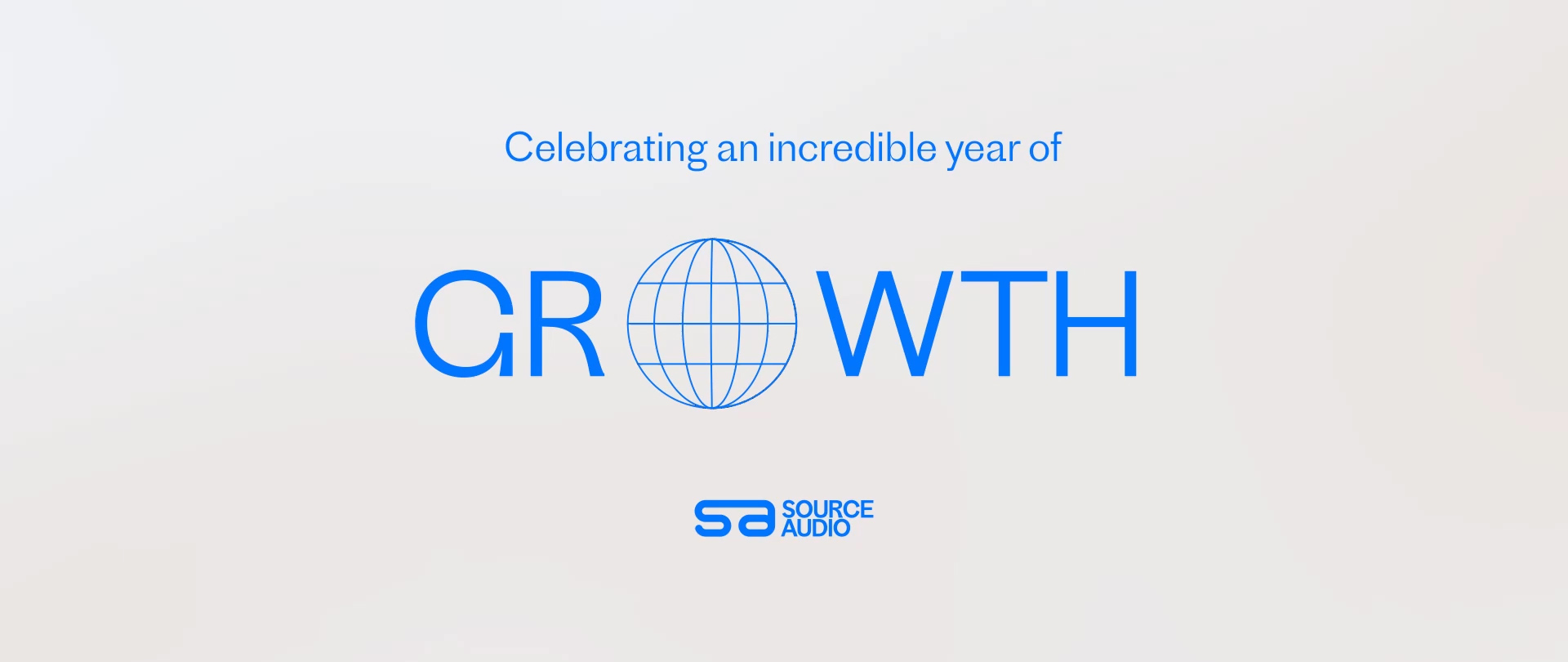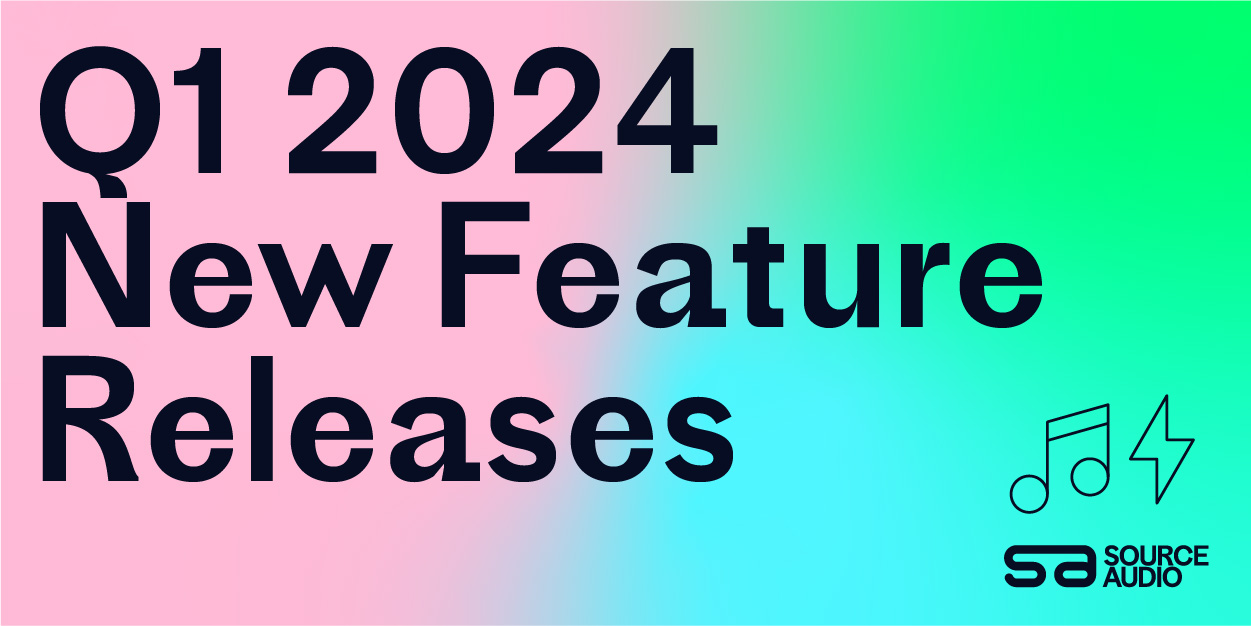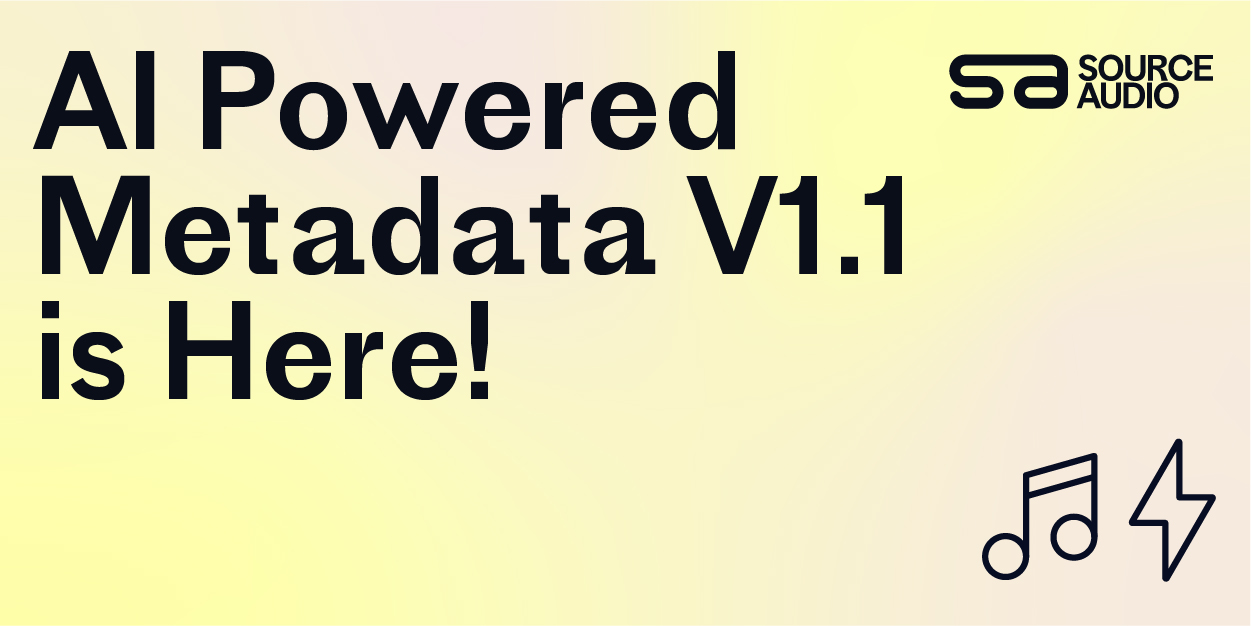Audio Production Essentials: How to Mix Sub Bass
Updated June 17, 2022
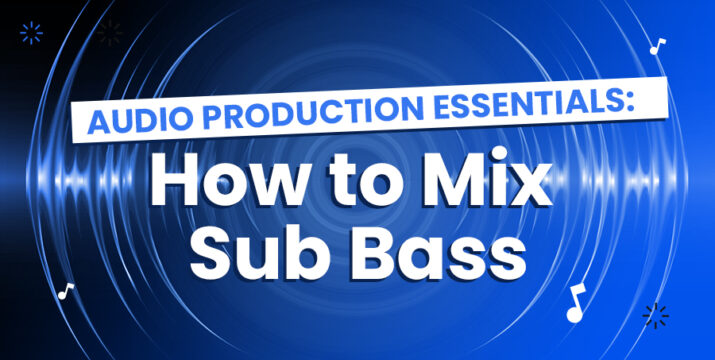
Good sub bass should be felt more than it is heard.
Across different genres, sub bass can play any type of role in the mix – it could be a subtle touch in the background or front and center as the main attraction.
Sub bass refers only to the very lowest frequencies, from about 60 hertz to the very lowest frequencies down at about 20 hz.
Every mix keeps in mind the speakers which will be used to listen to the finished track, and mixing sub-bass is no different. Obviously your work in the bottom-end is only going to shine on a capable sound system, so keep your expectations realistic and pragmatic as you’re testing on different systems.
The real trick to mixing sub bass is keeping it simple. There shouldn’t be a need for much if any processing on your sub bass other than EQ since the effect is felt, not heard, and additional processing would only water if down.
The central point of mixing your sub bass, after you have a good tone out of your instrument, is the importance of creating space for the sub bass to sound in the mix without interference from any other sounds. You can use a graphic EQ to see exactly what’s going on if you can’t hear everything.
This process shouldn’t be made complicated. Use a high pass filter to take out the lows of your other instruments, balanced with a low pass on your sub bass sound. From there, it’s up to you where in the frequency range you want to place the most emphasis (volume) in your mix while maintaining proper gain staging.
You can layer various sounds across the frequency spectrum to complement one another, but as with any sound you want to hit hard, powerful sub bass depends on having its own space to breathe.
Follow this tried and true bit of wisdom when mixing your sub bass, and you’ll be shaking the theater in style.
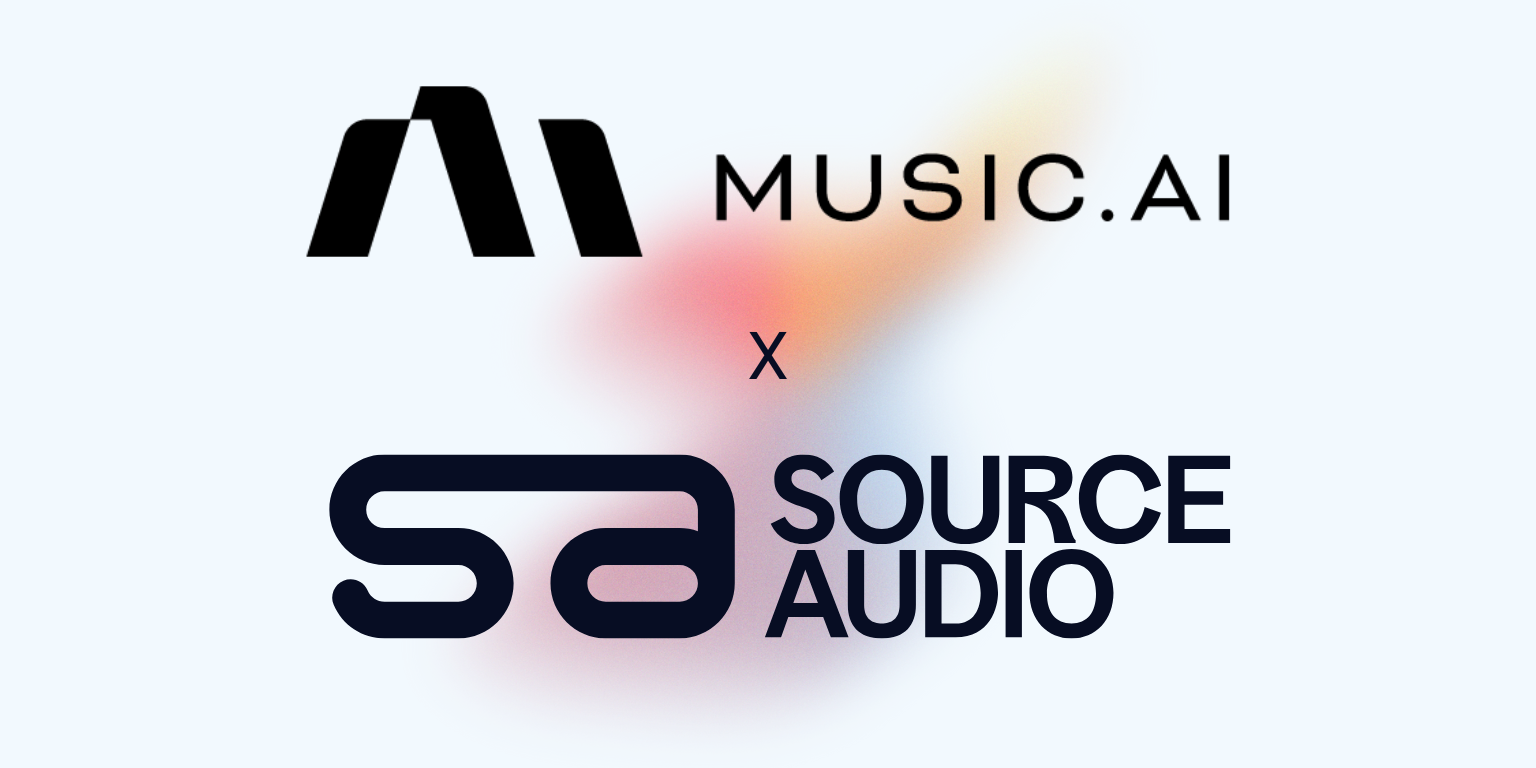
Industry-Leading Stem Separation Comes to SourceAudio
We are excited to announce our latest partnership with Music.AI, bringing groundbreaking AI-powered stem separation directly to our platform! This integration allows you to create broadcast-quality instrumentals and stems with unmatched pr...[ READ MORE ]

FREE AI METADATA – Now on All Catalog Manager Sites
Supercharge your music library with cutting-edge AI-powered metadata -- on us! Every Catalog Manager site now comes with FREE AI metadata tagging for your entire catalog. Leverage this incredible tool now, and read on to learn how it can d...[ READ MORE ]

File Delivery is Now Free and Included for All Catalog Manager Sites
Every Catalog Manager site now comes with 250GB of FREE file transfer space every month – that's approximately 9,000 WAV files, every month. Not using file delivery yet? Here are 11 ways this powerful tool can supercharge your business....[ READ MORE ]

Our E-commerce Add-on Is Now Free for All Catalog Manager Sites
E-commerce is now free for everyone! In the spirit of creating as much value as possible for our community and clients, what was once a paid add-on is now free for everyone. Not using e-commerce on your SourceAudio site yet? Here are 12 way...[ READ MORE ]

